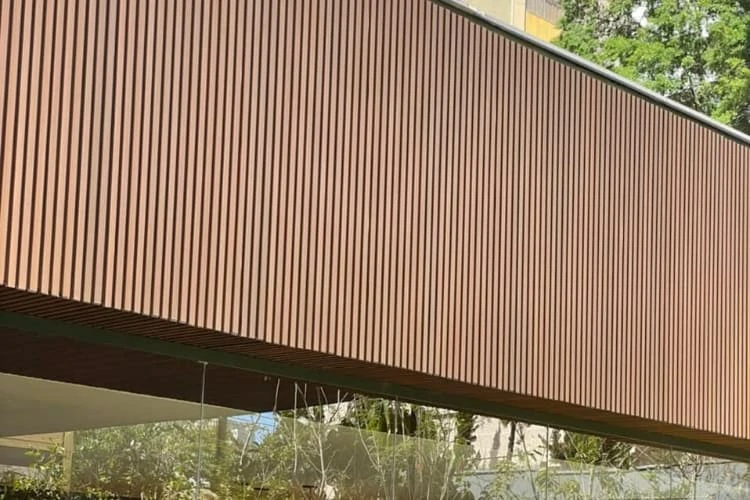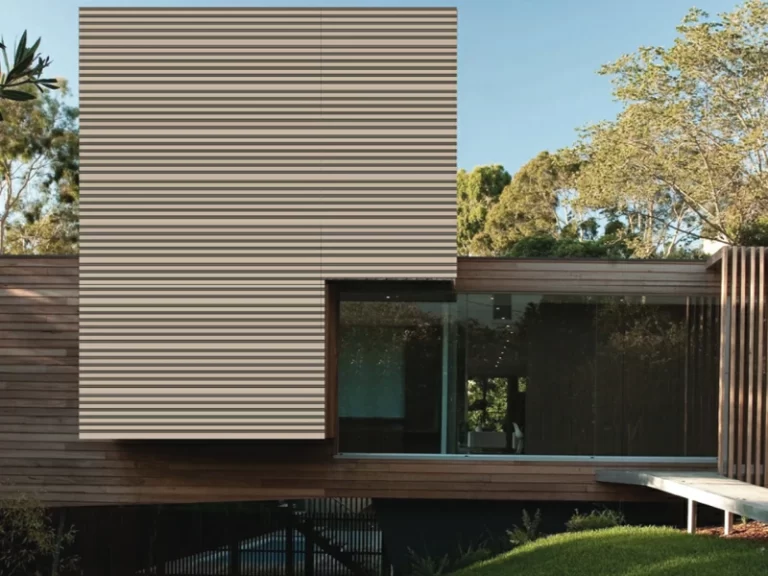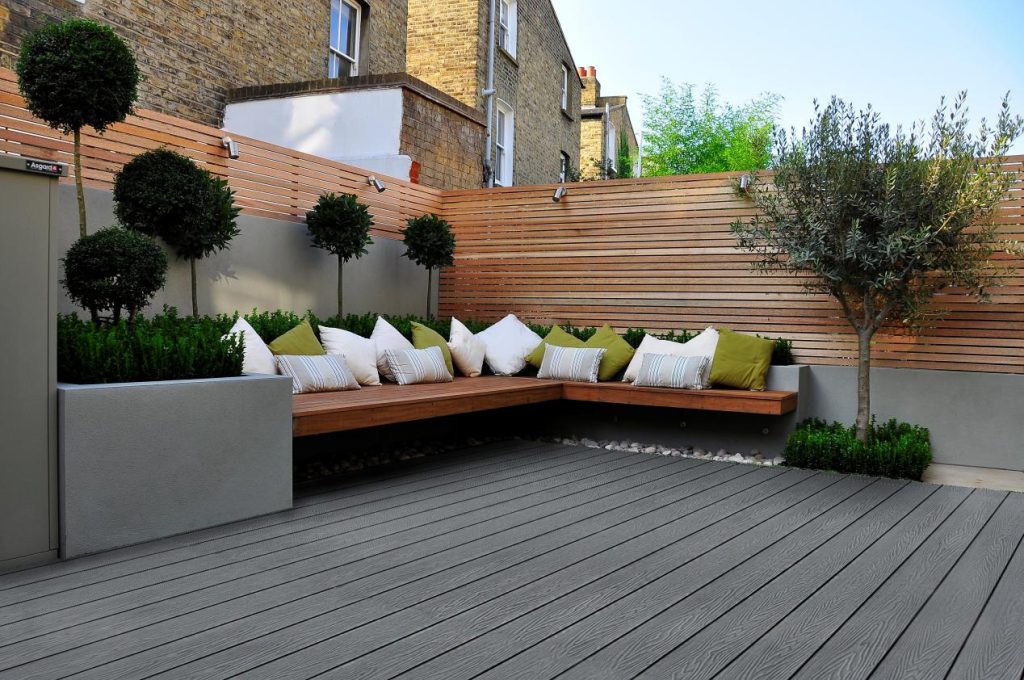Wood-Plastic Composite (WPC) fluted panels have gained immense popularity in the world of exterior design and architecture due to their durability, eco-friendliness, and aesthetic appeal. While these panels are known for their low maintenance requirements compared to traditional wood, they still require proper care to ensure their longevity and continued beauty. In this comprehensive guide, we will explore how to maintain WPC fluted panels effectively.
Table of Contents
Regular Cleaning Routine of WPC Fluted Panels
The cornerstone of WPC fluted panel maintenance is a consistent cleaning routine. Dust, dirt, and grime can accumulate on the surface over time, diminishing the panels’ appearance. To prevent this, follow these simple steps for regular cleaning:
1. Dust Removal: Start by dusting the panels using a soft-bristle brush or a microfiber cloth. This will remove loose particles and prevent them from scratching the surface during the cleaning process.
2. Gentle Cleaning Solution: Prepare a cleaning solution by mixing warm water and a mild detergent. Avoid harsh chemicals or abrasive cleaners, as they can damage the surface of the panels.
3. Wipe Down: Dip a soft cloth or sponge into the cleaning solution and gently wipe down the WPC fluted panels. Be sure not to soak the panels; a damp cloth is sufficient. Wipe in the direction of the flutes or grooves to clean thoroughly.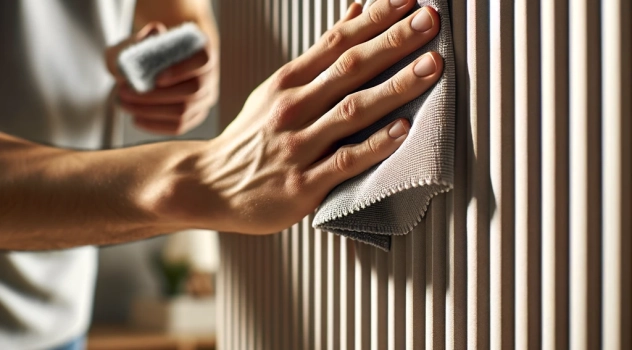
4. Rinse: After cleaning, rinse the panels with clean water to remove any residual detergent. Again, avoid using excessive water as prolonged exposure to moisture can harm the panels.
5. Dry Thoroughly: Finally, dry the panels using a clean, dry cloth. Ensure there is no moisture left on the surface, as this can lead to water spots or streaks.
Remove From WPC Fluted Panels
Accidents happen, and stains may occasionally appear on your WPC fluted panels. Here’s how to tackle common stains effectively:
1. Food and Beverage Stains: If you spill food or beverages, clean the affected area immediately with a damp cloth and mild detergent. Rinse and dry as usual to prevent staining.
2. Ink or Marker Stains: Ink or marker stains can be challenging. Try rubbing alcohol or acetone on a clean cloth and gently blot the stain. Be cautious not to scrub vigorously, as this may damage the panel’s finish.
3. Grease or Oil Stains: For grease or oil stains, use a mild dishwashing detergent mixed with warm water. Apply the solution to the stain and gently scrub with a soft cloth. Rinse and dry thoroughly.
4. Mold and Mildew: In areas prone to high humidity, mold or mildew can develop. To remove these, create a solution of equal parts water and white vinegar, and gently scrub the affected area. Rinse and dry completely.
Remember always to test any cleaning solution on a small, inconspicuous area of the panel first to ensure it does not cause discoloration or damage.
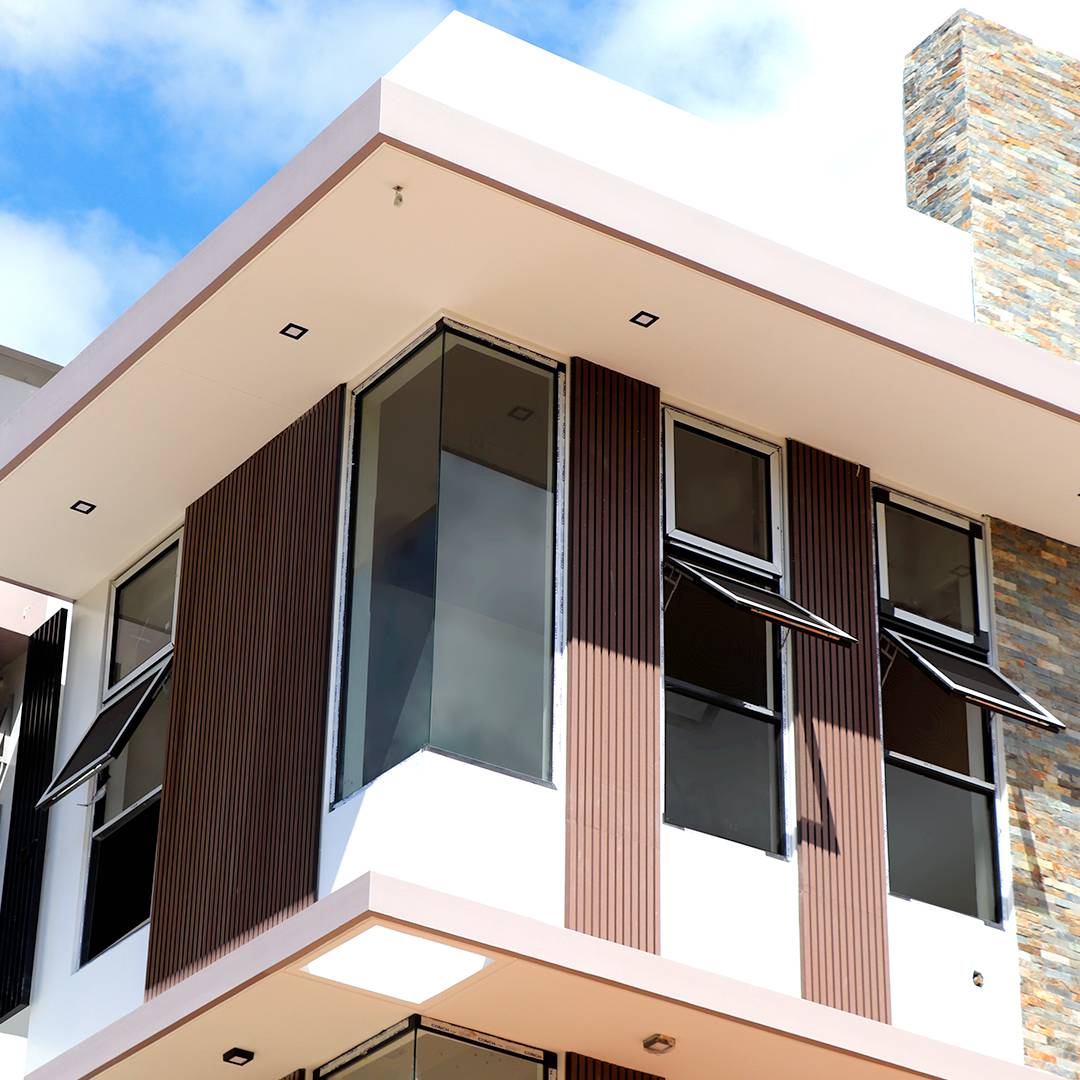
Preventing Damage
Preventive measures are just as crucial as cleaning when it comes to maintaining WPC fluted panels:
1. Mats and Rugs: Use mats or rugs in high-traffic areas to reduce the risk of dirt and debris being tracked onto the panels. This will also help minimize wear and tear.
2. Furniture Protectors: Place felt or rubber protectors under furniture legs to prevent scratches or indentations on the panels when moving furniture.
3. Avoid Sharp Objects: Be cautious when handling sharp or abrasive objects around WPC panels. Scratches can be challenging to repair, so prevention is key.
4. Sunlight Exposure: Prolonged exposure to direct sunlight can cause fading over time. Consider using curtains or blinds to protect the panels from excessive UV rays.
Dealing with Scratches and Damage
In the unfortunate event that your WPC fluted panels do get scratched or damaged, there are steps you can take to address the issue:
1. Light Scratches: For light scratches, you may be able to buff them out using a soft, dry cloth or a melamine foam eraser. Gently rub the scratched area until it becomes less visible.
2. Deep Scratches: Deeper scratches may require more extensive repair. You can purchase a touch-up kit designed for WPC panels, which typically includes filler, color-matched putty, and a finishing agent. Follow the kit’s instructions carefully to repair the damage effectively.
3. Panel Replacement: In cases of severe damage or extensive wear, you may need to consider replacing individual panels. This can be done by a professional or by following the manufacturer’s guidelines for panel replacement.
Regular Inspection
To ensure the long-term health of your WPC fluted panels, conduct regular inspections. Check for any signs of damage, wear, or discoloration. Catching issues early can prevent them from worsening and potentially save you time and money on repairs or replacements.
WPC fluted panels are a fantastic addition to any interior space, offering a combination of beauty, durability, and sustainability. Proper maintenance is essential to preserve their aesthetics and functionality for years to come. By following a regular cleaning routine, preventing damage, addressing stains promptly, and knowing how to deal with scratches, you can enjoy the benefits of WPC fluted panels without the worry of extensive maintenance. These panels will continue to be an elegant and eco-friendly choice for your interior design needs, providing lasting beauty and value to your space.